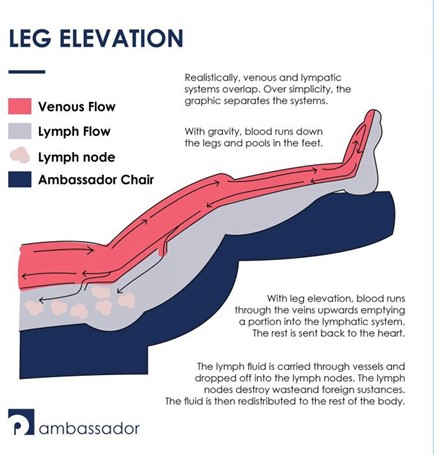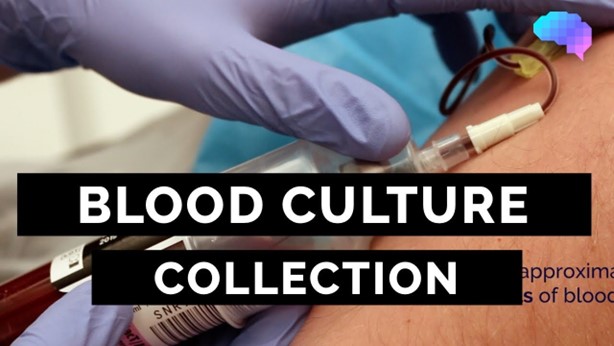A nurse is caring for a client who has hypotension, cool and clammy skin, tachycardia, and tachypnea.
In which of the following positions should the nurse place the client?
High-Fowler's.
Side-lying.
Feet elevated.
Reverse Trendelenburg.
The Correct Answer is C
The nurse should place the client in a position with their feet elevated.

This position helps to increase blood flow to the vital organs and can help improve the client’s blood pressure.
Choice A is not the answer because the Reverse Trendelenburg position does not help improve blood flow to vital organs.
Choice B is not the answer because the side-lying position does not help improve blood flow to vital organs.
Choice D is not the answer because High-Fowler’s position does not help improve blood flow to vital organs.
Nursing Test Bank
Naxlex Comprehensive Predictor Exams
Related Questions
Correct Answer is C
Explanation
Prealbumin is a protein that is produced by the liver and is used as a marker of nutritional status.
It has a short half-life, so changes in pre albumin levels can reflect recent changes in nutritional status.
Monitoring pre albumin levels can help assess the effectiveness of total parenteral nutrition.
Lipase is an enzyme that is produced by the pancreas and is not used to monitor overall nutritional status.
B) C-reactive protein is a marker of inflammation and is not used to monitor overall nutritional status.
D) Creatinine is a waste product that is produced by muscle metabolism and is not used to monitor overall nutritional status.
Correct Answer is B
Explanation

The priority action for a nurse caring for an older adult client who is suspected of having septicemia is to obtain a blood specimen for culture and sensitivity testing.
This test will help identify the specific microorganism causing the infection and determine the most effective antibiotic treatment.
Choice A is incorrect because while a WBC count with differential can provide information about the presence of an infection, it does not identify the specific microorganism causing the infection.
Choice C is incorrect because while obtaining a history to determine recent injuries can provide useful information, it is not the priority action.
Choice D is incorrect because while administering a broad-spectrum antibiotic may be necessary, it should not be done before obtaining a blood specimen for culture and sensitivity testing.
Whether you are a student looking to ace your exams or a practicing nurse seeking to enhance your expertise , our nursing education contents will empower you with the confidence and competence to make a difference in the lives of patients and become a respected leader in the healthcare field.
Visit Naxlex, invest in your future and unlock endless possibilities with our unparalleled nursing education contents today
Report Wrong Answer on the Current Question
Do you disagree with the answer? If yes, what is your expected answer? Explain.
Kindly be descriptive with the issue you are facing.
